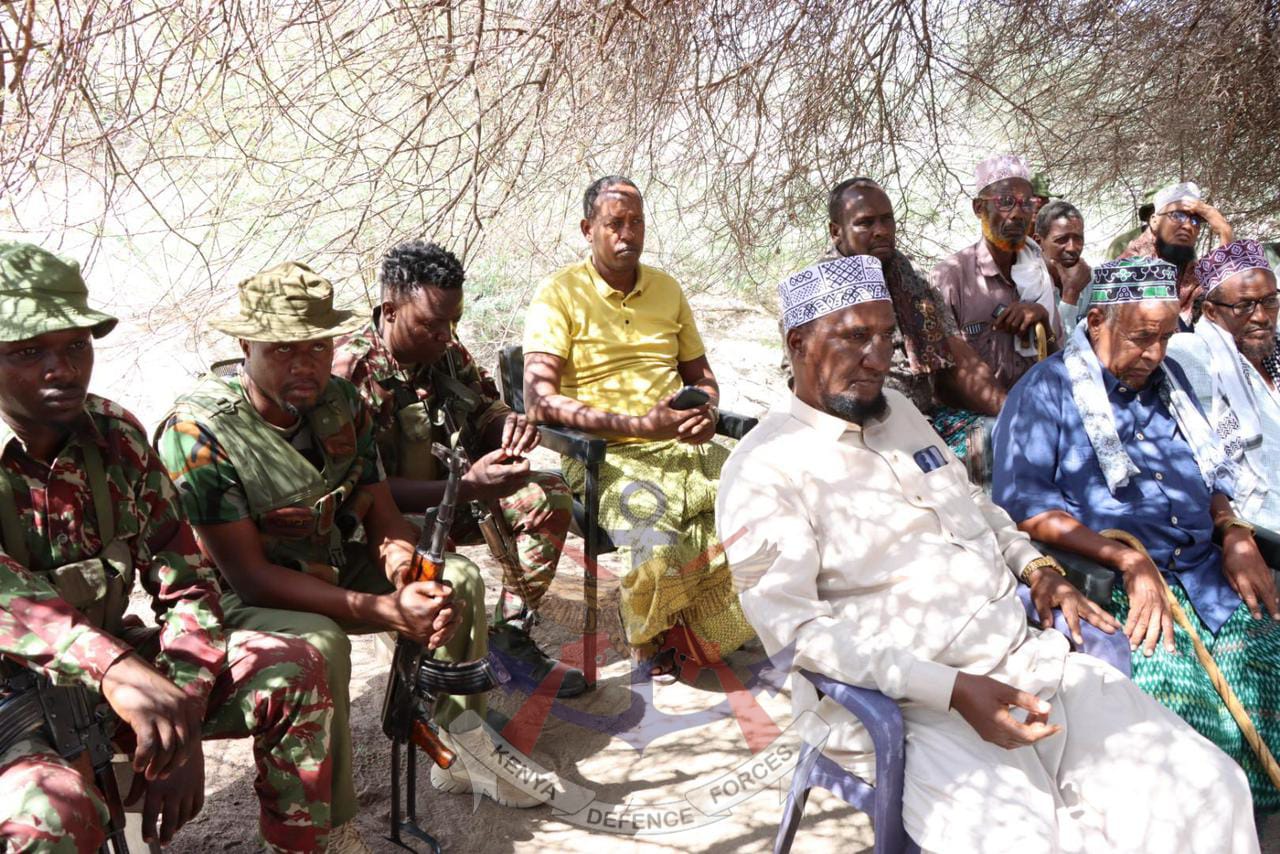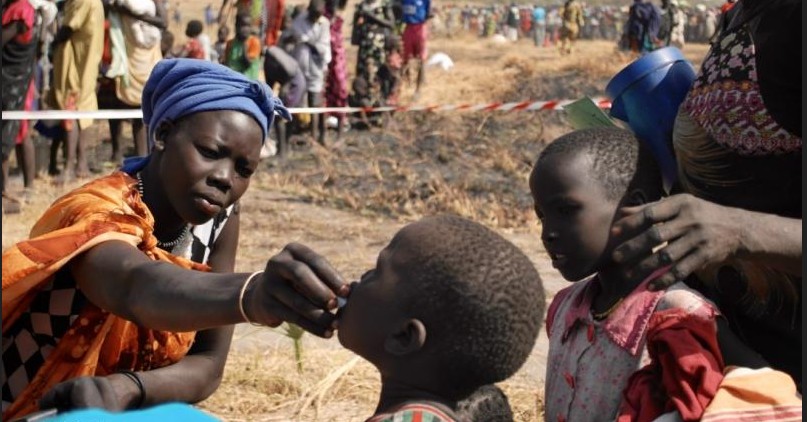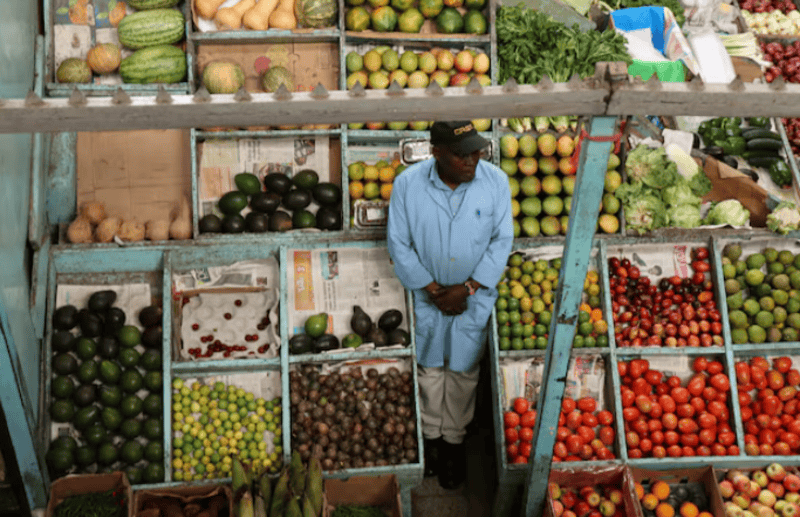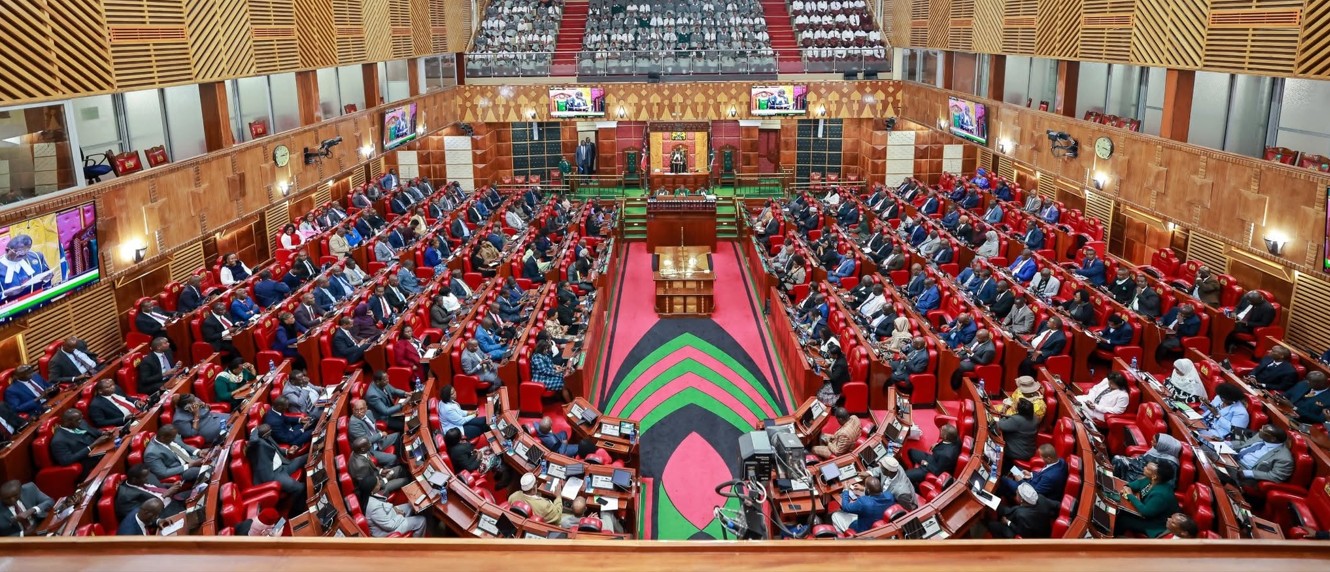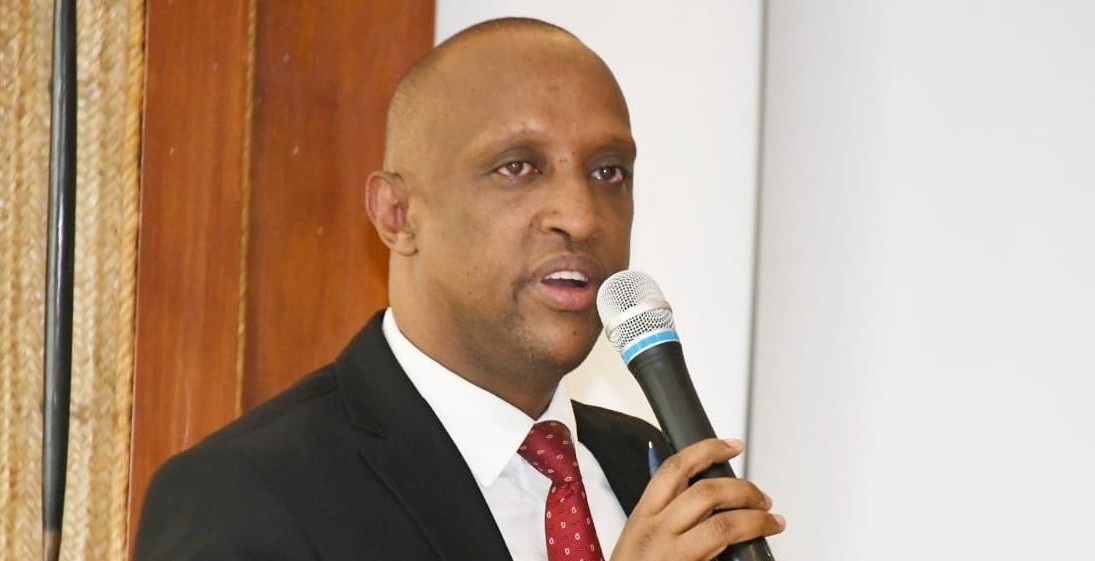Only four in 10 Grade 4 pupils can read Grade 3 English story, report shows
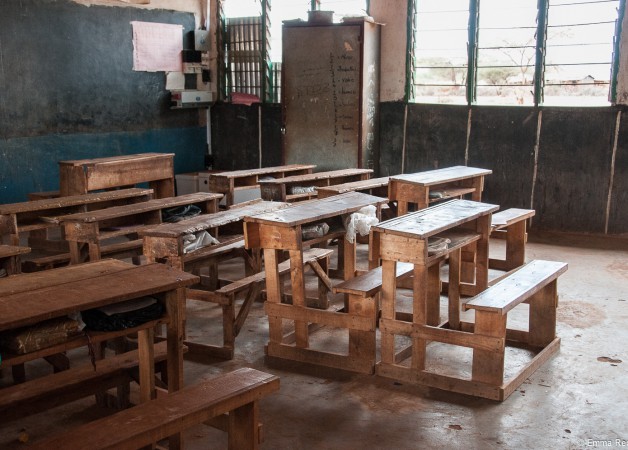
The report further reveals that three in every 10 Grade 6 learners across the country are unable to read and comprehend a Grade 3-level English story.
Only four out of every 10 Grade 4 pupils in Kenya can read and understand a Grade 3-level English story, a new education report has revealed, highlighting persistent learning challenges in primary schools.
According to the latest State of Education in Kenya Research Report by Zizi Afrique Foundation and Usawa Agenda, learners in rural and arid areas are the most affected, with just two in every 10 Grade 4 pupils in North Eastern Kenya able to read and comprehend a Grade 3-level English story, far behind their urban counterparts.
More To Read
- KNEC gives Kenyans until 2027 to resit KCSE exams before end of 8-4-4 system
- Bill proposes wealth declarations for school bursars and their families
- Senators warn poor infrastructure and neglect threaten ECDE, propose major reforms
- Education Ministry expands senior school curriculum, makes Mathematics compulsory subject
- Somalia’s education crisis: Why so few children attend school and what could be done to change that
- MoE reshuffles county education directors in latest shake-up
“Learning outcomes are low and inequitable. Learners in ASALs and rural areas underperform those in non-ASAL and urban areas,” reads the report.
It further reveals that three in every 10 Grade 6 learners across the country are unable to read and comprehend a Grade 3-level English story, signalling widespread foundational learning gaps even at upper primary levels.
The report attributes part of the disparities to early childhood education, showing that children who attended preschool before joining primary school are nine per cent more likely to perform better in Mathematics and 18 per cent more likely to perform better in English compared to those who did not.
“Children who miss preschool entry carry the disadvantage throughout primary school,” reads the report.
Sanitation facilities across schools also came under scrutiny, with the study noting that more than twice the recommended number of learners use a single toilet.
In rural schools, boys share one toilet at an average ratio of 52:1, while girls stand at 47:1. In urban schools, the average is even higher at 86 boys and 84 girls per toilet.
At the national level, public schools recorded an average of 68 learners sharing one toilet, compared to 39 learners per toilet in private schools. The recommended standard is 30 boys or 25 girls per toilet, figures that most schools in the country fail to meet.
The situation in junior schools was also flagged, with disparities in teacher deployment raising concerns. According to the report, the Teachers Service Commission (TSC) posted between one and 12 teachers per school across the sampled junior secondary institutions, with the median staffing level standing at just three teachers per school.
“Teachers in junior schools are expected to handle multiple learning areas due to staffing gaps, which puts pressure on teaching quality,” reads the report.
The stakeholders say the findings underline deep-rooted challenges in Kenya’s education system, particularly in ensuring equitable access to quality learning.
“Urgent interventions are needed to bridge learning gaps and address infrastructure and staffing shortcomings,” the stakeholders said.
Top Stories Today
